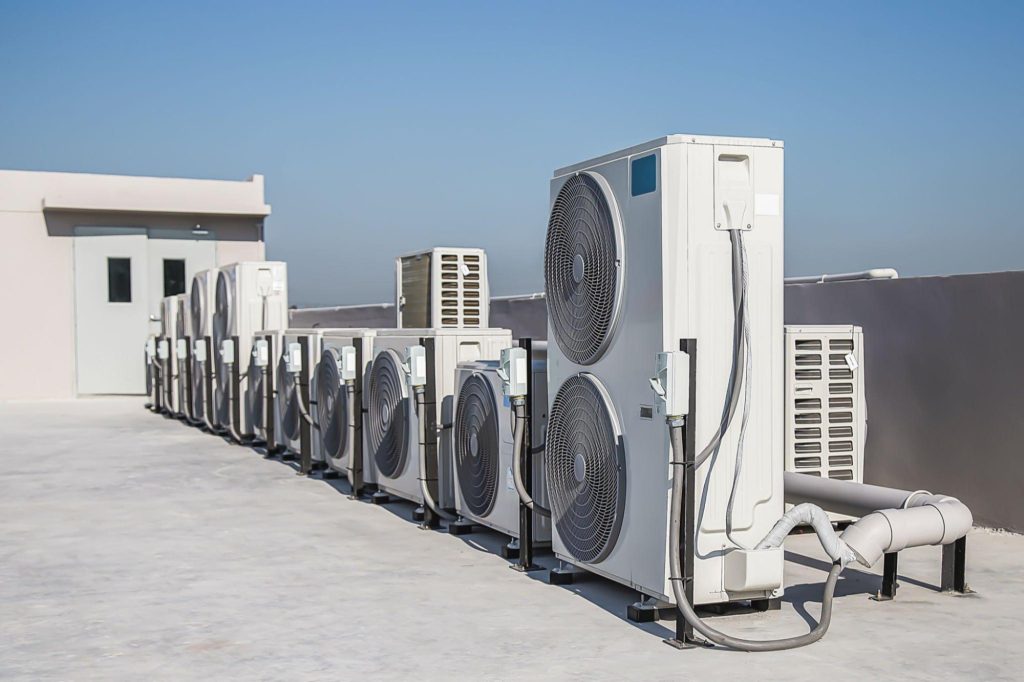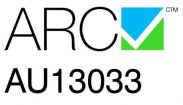If we think of air conditioners, we usually imagine the comfort of our homes during the long, hot summer days. But have you ever thought about how business rooms that are crowded offices to massive malls, maintain a cosy and comfortable environment?
It’s not a secret that both business as well as domestic cooling systems come with distinct characteristics and features, which play crucial roles in their respective setting. In this blog we begin an exploration of the enigmatic difference between commercial AC and home AC by shedding the light on the specific challenges they face, as well as the amazing innovations that make it possible.
I. Sizing And Also The Ability
From Compact to Colossal primary distinctions that exist between home and commercial air conditioning is the size and capability. A/C systems for homes are designed to cool down smaller rooms, typically between 300 and 1,500 square feet, contingent on the model and the cooling requirements. Contrarily industrial air conditioners are designed to handle massive areas that span from thousands to tens of thousands of square feet.
The huge difference in size suggests that commercial AC systems need to be much more efficient and robust. These systems typically employ central air units roof systems (RTUs) or chiller systems to accommodate the massive air conditioning demands of large offices, storage facilities, warehouses, and shopping complexes as well.
Ii. Complex Ductwork Vs. Simplicity In Style
Another distinctive characteristic of both home and industrial AC systems is the ductwork layout. In-home environments, ductwork is a lot simpler to manage, as air ducts distribute cooling down air from a single central unit to various rooms.
The air ducts are typically hidden in walls or ceilings in attic spaces to preserve aesthetics. On the other side, commercial air conditioning systems require extensive ductwork networks in order to reach various areas in the room in a timely manner. These ducts are usually visible and strategically placed to facilitate maintenance and to ensure the uniformity of air conditioning across vast properties.
Iii. Power Usage
Performance is Important Efficiency is a crucial aspect for both residential and commercial air conditioning systems, but the method used to achieve this differs. The systems for residential air conditioning are designed with an eye on energy-saving features because homeowners are seeking to find an equilibrium between utility costs and convenience. Recently, cutting-edge technologies like inverter compressors, thermostats that are programmable, and smart controls for air conditioners have gained popularity, allowing homeowners to boost their energy use and reduce costs.
Businesses AC systems, with their huge cooling requirements, concentrate on the highest efficiency components as well as precise control systems. Much commercial equipments utilise variable air volume (VAV) systems that alter the output of cooling based on particular cooling requirements of different zones. In addition, energy monitoring devices are used to track and maximize energy usage across the entire industrial structure and, in the majority of cases, result in substantial savings in cost.
Iv. Maintenance And Solution Complexity
Maintenance and maintenance of industrial AC equipment is a totally different process than the domestic counterparts. AC upkeep is commonly done by local HVAC technicians, who focus on routine replacements of filters and coil cleaning, but checking the cooling agent.
In contrast, industrial air conditioner systems require a greater amount of expertise and knowledge. Facilities administration teams or specialized HVAC companies handle routine maintenance, evaluations, and more complex repair solutions for commercial units. The requirement for preventive maintenance is crucial in commercial air conditioning systems to prevent downtime and ensure that the operation is uninterrupted in large establishments.
V. Expense Considerations
Investment vs. Long-Term Cost savings implications of both business and home air conditioning units differ considerably. A/C systems for homes were more affordable in the past and are therefore accessible to property owners with varying budgets. Homeowners often look for options that are able to strike a balance between price, power efficiency, and cooling capacity.
However, on the other hand, commercial air conditioners require substantial upfront financial investments due to their larger dimensions and complexity. But, they are designed to handle heavy-duty air conditioning requirements, resulting in long-term operational cost savings. Energy-efficient industrial air conditioning units eventually will pay for themselves in the form of lower power costs, making them a cost-effective option over time.
Vi. Air Top Quality Management
Beyond Temperature Control, Although both home and business air conditioners are generally built to control temperature the focus on monitoring the air’s top quality is different. In residential AC systems, air filtering is essential to ensure that the air in the room is free of pollen, dirt, irritants, and other contaminants.
Many home air conditioners are equipped with air filters that require regular replacement to ensure healthy and clean indoor air. Industrial a/c systems face the challenge of a more complex one when it comes to air high-quality management. With a wider range of owners commercial spaces are subject to higher levels of indoor pollutants like volatile natural compounds (VOCs) as well as co2. In the end, industrial air conditioning systems typically incorporate the most innovative air filtration techniques like HEPA carbon and HEPA filters in order to meet the strict requirements for air quality by health and wellness regulations.
Vii. Zoning And Temperature Control
Personalized Convenience for Commercial Areas In homes temperature control is fairly simple, with homeowners generally setting a single temperature for the entire home. However, commercial spaces have different settings and differing requirements for cooling. For instance in an office building the cooling requirements of a room with a large number of people differ from the demands of an empty storage space.
Business air conditioners overcome this problem by using zoning strategies, which divide the space into different areas that have separate temperature controls. These rooms are typically equipped with thermostats that are private and allow residents to alter the temperature to suit their preferences. Zoning doesn’t just improve the comfort of residents but also increases energy efficiency by directing cooling only to the areas needed.
Viii. Noise Degrees
The Art of Silence Sound levels can drastically affect the comfort and performance of home and industrial settings. AC systems for residential use are designed with a strong concentration on reducing noise, ensuring that homeowners can enjoy an unwinding and peaceful living space.
Contrarily industrial AC systems are expected to offer efficient cooling without disrupting the work of the structure. Commercial air conditioner systems make use of advanced noise reduction modern technology, including resonance seclusion, audio baffles, and quieter compressors to maintain an ambiance of peace in commercial spaces, ensuring that office work shopping, retail purchases, or other activities can be carried out without interruption.
Ix. Aesthetic Considerations
Concealed vs. Revealed Aesthetic appeals play an important role when it comes to cooling in both commercial and household settings. A/C units for homes are designed to blend in with the interior decor, with units typically mounted on walls or concealed in ceiling spaces.
The aim is to give an elegant and unobtrusive appearance. In contrast, commercial air conditioning systems have different needs. In the majority of cases industrial rooms are outfitted with exposed ductwork that showcases the industrial appeal of the building’s style. This design option could add character and a unique look to the space making it an integral part of the interior decor rather than something that needs to be kept in a closet.
X. Regulations And Compliance
Understanding the Standards The commercial and home AC systems are subject to different regulations and standards that ensure safety, energy efficiency, and environmental accountability. However, the magnitude and complexity of commercial AC systems typically lead to stricter compliance requirements.
Commercial buildings must conform to building codes, zoning rules, and standards for energy efficiency established by environmental and local agencies as well as the authorities in charge of them. The compliance of these standards is vital to obtain occupancy permits and to ensure that the commercial space is operated in a sustainable manner.
Conclusion
The realm of air conditioning is an intriguing area where engineering, technology, and comfort merge to create the environments we live in. While both home and commercial AC systems share the purpose of ensuring comfortable indoor environments their distinct characteristics reflect the unique challenges presented by the complexity and size of their respective environments.
From the enormous cooling demands of commercial facilities to the personal comfort of zoning large office spaces, each of the systems is a testimony to the human spirit’s ingenuity and creativity. So the next time you enter an office building or relax at home and take an instant to take note of the thought and care that go into the creation and operation of residential and commercial AC systems. It is because of these incredible advancements that we can enjoy the pleasures of an incredibly cool and comfortable environment that surrounds us.








